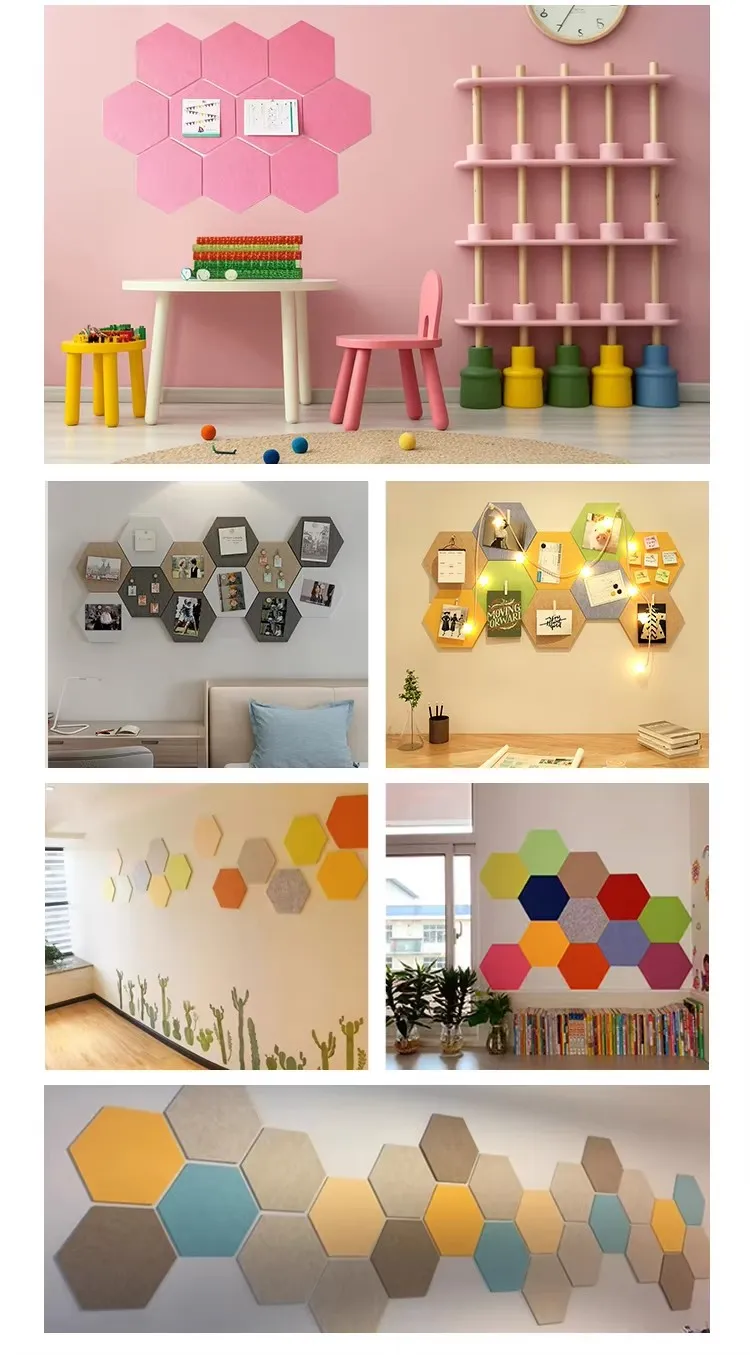The Benefits of Sound Absorbing Felt in Modern Design
In today’s fast-paced world, noise pollution has become a significant concern for both residential and commercial environments. With the growing need for tranquil spaces, designers and architects are increasingly turning to innovative materials to enhance acoustics. One such material that has gained popularity is sound absorbing felt. This versatile medium not only aids in noise reduction but also adds a unique aesthetic to any space.
What is Sound Absorbing Felt?
Sound absorbing felt is typically made from synthetic fibers, such as polyester or wool, crafted to trap sound waves and prevent them from reflecting off hard surfaces. The porous structure of the felt enables it to absorb sound energy effectively, thereby reducing echo and background noise. This is critical in settings like offices, schools, and homes, where excessive noise can lead to distractions and a decrease in productivity.
Applications in Architectural Design
Incorporating sound absorbing felt into architectural design can significantly enhance the auditory experience of a space. It can be used in various forms, including wall panels, ceiling tiles, and even freestanding partitions. Each application serves a different purpose while maintaining the fundamental goal of sound absorption.
For example, wall panels made from sound absorbing felt can be strategically placed in conference rooms to improve speech intelligibility during meetings. In open-plan offices, using felt partitions can help carve out quiet zones for focused work, fostering better concentration and collaboration among employees.
Aesthetic Versatility
sound absorbing felt

Beyond its acoustic properties, sound absorbing felt offers a range of aesthetic benefits. Available in numerous colors, textures, and patterns, it allows designers to create visually appealing environments without compromising functionality. Whether it's a vibrant accent wall in a creative workspace or a subtle, muted finish in a bedroom, sound absorbing felt can complement any design theme.
The tactile nature of felt also introduces an element of warmth and comfort to spaces that are often dominated by cold, hard materials like glass and metal. This makes it an ideal choice for areas aimed at promoting relaxation and well-being, such as cafes, wellness centers, and homes.
Sustainability Considerations
As a growing number of consumers prioritize sustainability, the use of eco-friendly materials has become increasingly important in modern design. Many sound absorbing felts are produced from recycled materials, making them a greener choice for environmentally conscious projects. Additionally, the durability of felt means it has a long lifecycle, reducing the need for frequent replacements.
Conclusion
Sound absorbing felt stands out as a multidimensional material that harmonizes aesthetics with functionality. As urban environments continue to expand and the demand for peaceful surroundings rises, the role of sound absorbing solutions like felt becomes increasingly vital. It not only enhances the acoustic quality of interiors but also contributes to a sustainable and stylish design approach.
As architects and designers embrace the possibilities offered by sound absorbing felt, we can expect to see a shift toward environments that prioritize both noise reduction and beauty. Whether in bustling offices, cozy homes, or public spaces, sound absorbing felt is set to become an essential element in the quest for tranquility in today's noisy world.
